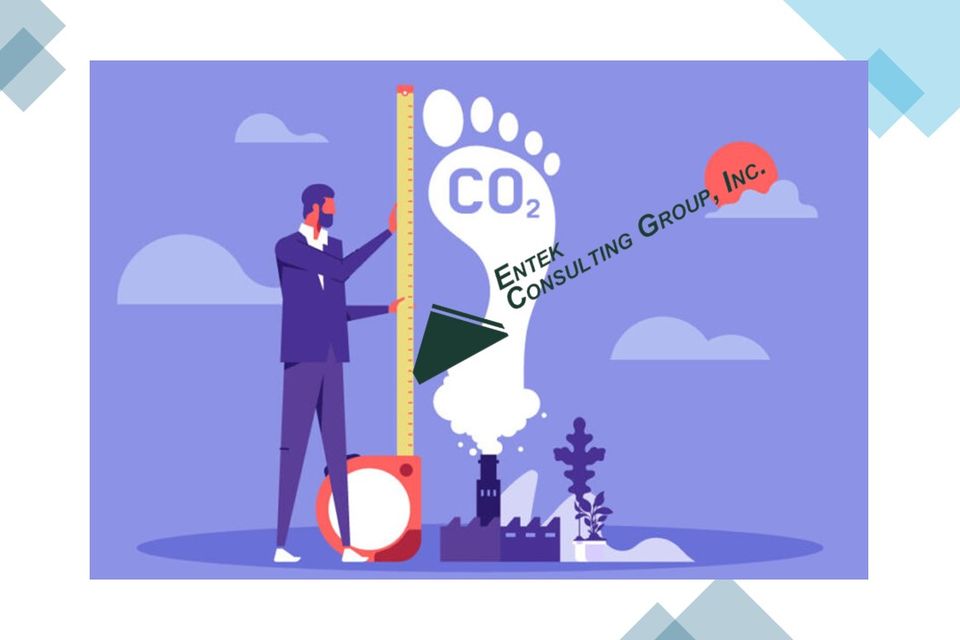
The number one environmental issue that commercial office buildings face is energy consumption and its associated carbon emissions.s
High Energy Use Office buildings require significant energy for heating, cooling, lighting, ventilation, and powering equipment like computers and elevators. This leads to a large carbon footprint. Contribution to Climate Change: The energy used often comes from fossil fuels, which release greenhouse gases like carbon dioxide into the atmosphere, contributing to climate change. While other environmental concerns like water usage, waste management, and material selection are important, energy consumption has the most significant impact due to its direct link to greenhouse gas emissions and climate change.
- Improving energy efficiency: Upgrading HVAC systems, using energy-efficient lighting, and optimizing building design to maximize natural light and ventilation.
- Utilizing renewable energy sources: Installing solar panels or purchasing renewable energy credits.
- Implementing smart building technologies: Using sensors and automation to optimize energy use based on occupancy and real-time conditions. By focusing on reducing energy consumption and transitioning to cleaner energy sources, commercial office buildings can significantly minimize their environmental impact


